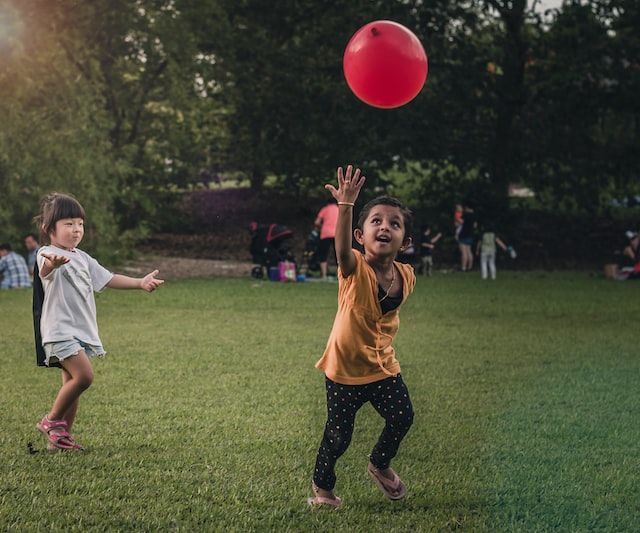“Gender stereotyping is the practice of ascribing to an individual woman or man specific attributes, characteristics, or roles by reason only of her or his membership in the social group of women or men”.
Stereotypes are characteristics imposed upon a group of people because of their nationality, race or gender. They are common and present everywhere in society and responsible for creating a culture of prejudice and inequality. It is never too early to promote equality, tackle stereotyping and discrimination. Educators have the responsibility to raise children who can be themselves and thrive in a diverse world.
some definitions
While theories about gender might appear confusing, educators need to become familiar with the terminology and comfortable discussing the topic with children. The term gender brings together three notions: the label assigned at birth based on physical traits, gender identity and gender expression. Gender norms have a strong influence on the development of our identity. They are a set of rules that define the expected masculine and feminine behaviour in a certain society. As we absorb and internalize them, they establish the way we think about males and females and ourselves. Without doubt, it is never too early to discuss this topic with children as the formation of our gender identity begins at birth.
how gender stereotyping looks in the early years
All it takes to see how this topic influences children’s lives is to walk into a shop. Most clothes, school supplies and toys follow a certain stereotype and are sold in separate areas within shops. Television adverts reinforce gender stereotyping by featuring girls for fashion and jewellery products and boys for computing games. Equally, movies, cartoons and their merchandise influence children’s play by pushing girls towards the role of the Princess and boys towards superheroes play. Moreover, a lot of gender stereotyping happens without us even realizing it. For instance, parents might show a limiting role model when only one of them is engaging in house chores or looking after the children. Finally, at school, teachers might praise girls because of their physical appearance and boys because of their strength.

what's is the problem?
We know by now where and how gender stereotyping happens. What is wrong with it, then? We have established how stereotypes lead our expectations on what we consider acceptable for women and men. Embedded in our way of thinking, they can affect the interaction with others and limit the life choices of both boys and girls. The short term effects of gender stereotypes are often visible in their choices in play or their interaction with others. On the other hand, the long term effect are even more worrying and can influence career choices, confidence, well-being and the perpetuation of gender inequality. While girls drop out of sports and fall into eating disorders, boys are left unable to deal with their emotions and to ask for help. While boys grow up exposed to violence, girls think they need someone to look after them.
reflecting on our own practice
Educators have the responsibility and the means to contribute to the fight against gender stereotyping. The first step is to reflect on our own choice words, actions and interaction with children. Do we have the same expectations from boys and girls? Do we ensure they both have equal opportunities to learn? How often do we praise a girl for being pretty and the boys for being strong? Do we encourage girls to take part in risky play and boys to play with dolls? Do we allow children to engage just in activities of their choice or do we support them in coming out of their comfort zone? How do we ensure they are choosing what to play based on their real needs or because of gender norms they have absorbed?
being ready to challenge stereotypes
Children express gender stereotypes while playing and interacting with each other. “Pink is for girls” “Boys don’t wear dresses!”. If you work with young children, you have most likely heard these words. First of all, allow them to express their views however don’t be afraid to challenge them and offer them a different point of view. Moreover, praise and be supportive when they take part in activities that run counter to gender stereotypes, such as girls engaging in risk-taking play or boys engaging in caring games. Offer them a wide range of world views through books and conversations that involve people taking on roles that are not typical for their gender. Finally, prefer non-gendered language when referring to them – speak of children rather than girls/boys, and firefighters, police officers, ecc.
Are you an educator? How do you deal with gender stereotyping in your classroom? Contact me and let’s talk about it!



